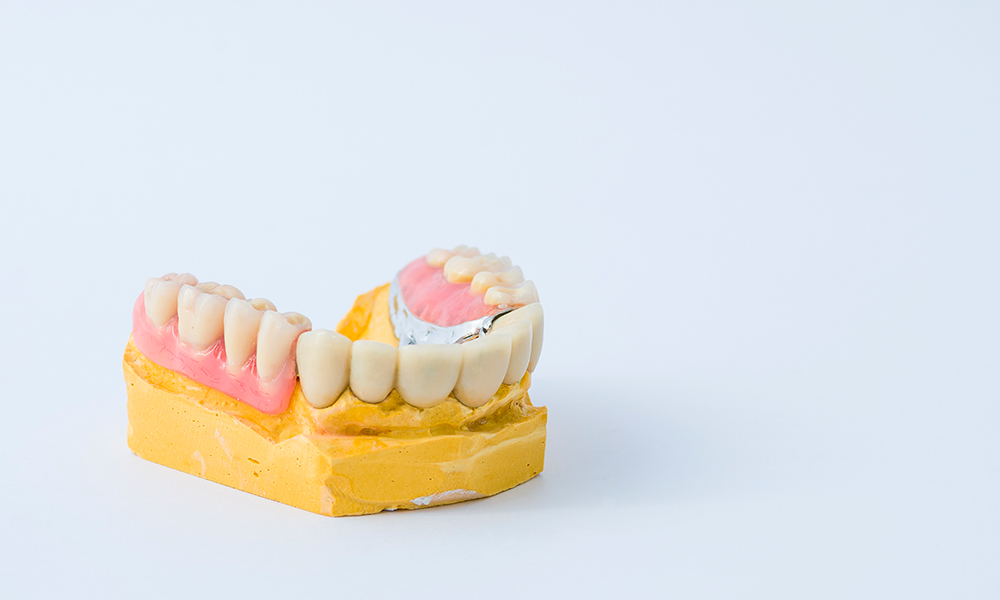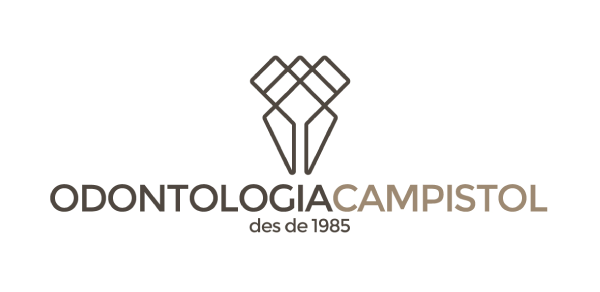

Dental Prosthesis
Prosthodontics or dental prosthesis is the branch of dentistry that deals with the replacement of teeth that the patient has lost for various reasons, for example: cavities and periodontal diseases or fractures, among others. There are basically two types of prostheses: fixed or removable, depending on whether or not the patient can remove them from the oral cavity. We also differentiate between prostheses on teeth or on implants. The aim of this practice is to restore masticatory function, in addition to its phonetic, deglutition and aesthetic purposes.
Dra. Sara Álvarez
What is a fixed prosthesis?
When we talk about a fixed prosthesis we are referring to a crown or a bridge. A crown is necessary when a tooth has been heavily reconstructed, for example a tooth that has undergone root canal treatment, which has been weakened by the “nerve treatment”, so this would be one of the cases in which a crown would be indicated to prevent the risk of fracture of the tooth.
A bridge is used in the case of one or more missing teeth. It consists of lowering the teeth next to the missing tooth and fitting a crown at the same time as the new tooth.
Nowadays there are multiple materials for fixed prostheses, from the most traditional ones, such as metal and ceramic, to all-ceramic or zirconium crowns. Each one is indicated for a specific use.
Example: for a patient with an agenesis of the right tusk, due to the complication of placing an implant, we decided to make an all-ceramic bridge.
A removable prosthesis is used when there are more missing teeth. There are basically two types: removable partial dentures or removable total dentures. Removable partial dentures are attached to the remaining teeth by means of some kind of anchorage, e.g. clasps. They can be made with a metal or all-resin base.

With implants we can rehabilitate masticatory and phonetic function in the case of total or partial loss of teeth.
We can rehabilitate from the loss of a single tooth, without the need to touch the healthy teeth on the sides, to the totality of the dentition.
When all the teeth have been lost, implants provide the patient with greater comfort and function than total removable prostheses. In these cases, depending on the considerations of the professional, fully fixed prostheses (resin, metal and ceramic, or zirconium), or implant-mucosal-supported prostheses can be used.
The latter are made with a metal base and can be removed by the patient, but anchors are placed on the implants, which provide greater security for the patient.

Example: In the case of a patient with an infected central incisor and lateral incisor, after multiple restorative treatments, it is decided to remove them and place an implant and a crown with an extension of the tusk.
In the case of a totally edentulous patient, the best option would be to use an implant-supported prosthesis with bars as anchors.

